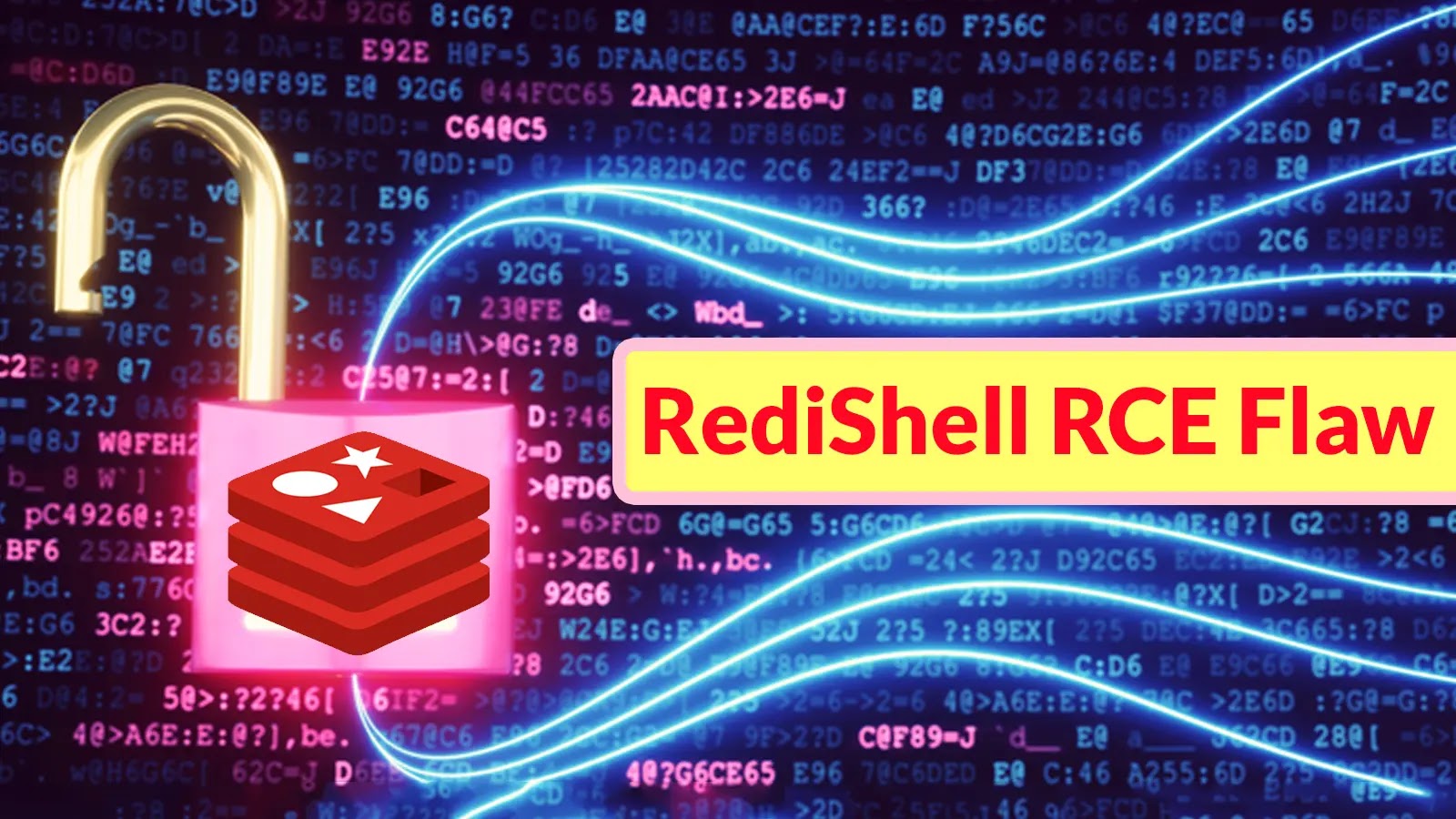
RediShell RCE Vulnerability Exposes 8,500+ Redis Instances to Code Execution Attacks
RediShell RCE: A Critical Threat to Redis Instances
The integrity of data storage and processing is paramount, and when a core component like Redis faces a severe vulnerability, the ripple effects can be substantial. Early October 2025 saw the public disclosure of RediShell, a critical use-after-free vulnerability identified in Redis’s Lua scripting engine. This flaw, tracked as CVE-2025-49844 and named by Wiz researchers, allows attackers to bypass Lua sandbox restrictions, ultimately achieving full host-level remote code execution (RCE) on vulnerable Redis instances. With over 8,500 Redis deployments potentially exposed, understanding and mitigating RediShell is an immediate priority for any organization leveraging Redis.
Understanding the RediShell Vulnerability (CVE-2025-49844)
At its core, RediShell exploits a use-after-free (UAF) vulnerability within the sophisticated Lua scripting engine embedded in Redis. The Lua scripting feature in Redis is typically designed to execute server-side scripts for atomic operations and reduced network latency, operating within a carefully controlled sandbox environment. However, RediShell leverages a flaw where memory that has been deallocated is subsequently accessed, leading to unpredictable behavior and, critically, a path to escape these sandbox restrictions.
This escape mechanism is particularly dangerous. Once an attacker can break out of the Lua sandbox, they can execute arbitrary commands directly on the underlying operating system that hosts the Redis instance. This means that a seemingly benign Lua script could be weaponized to:
- Install malware or ransomware.
- Exfiltrate sensitive data stored in Redis or other system locations.
- Establish persistent backdoors.
- Completely compromise the host server.
The potential impact is severe, ranging from data breaches and operational disruption to full system takeover. The 8,500+ exposed instances represent a significant attack surface that bad actors will likely target.
Impact and Scope: Who is Affected by RediShell?
Any organization utilizing Redis, particularly those with publicly exposed instances or internal systems where an attacker could gain network access, should consider themselves at risk. The vulnerability specifically targets the Redis Lua scripting engine, meaning configurations that enable or heavily use Lua scripting are particularly susceptible. The sheer number of potentially vulnerable instances—exceeding 8,500—underscores the widespread nature of this threat.
Organizations should immediately assess their Redis deployment configurations, paying close attention to:
- Redis versions in use.
- Exposure of Redis instances to untrusted networks (e.g., the internet).
- Uptake of Lua scripting in their Redis operations.
Remediation Actions: Securing Your Redis Instances
Patching and proactive security measures are crucial to mitigate the RediShell threat. Organizations must act swiftly to protect their Redis deployments from potential remote code execution attacks.
- Immediate Patching: The most critical step is to update Redis to a patched version immediately. Consult the official Redis documentation and release notes for the specific versions that address CVE-2025-49844. Ensure that your update process includes thorough testing.
- Network Segmentation and Firewall Rules: Restrict network access to Redis instances as much as possible. Redis should ideally not be exposed directly to the internet. Implement strict firewall rules to allow connections only from trusted application servers or internal networks.
- Strong Authentication: Always configure Redis with robust authentication using a strong password. While authentication doesn’t directly prevent the RCE, it is a critical layer of defense against unauthorized access.
- Principle of Least Privilege: Run Redis with the lowest possible user privileges. If an attacker manages to achieve RCE, limiting Redis’s permissions can restrict the scope of their activities on the host system.
- Monitor for Suspicious Activity: Implement robust logging and monitoring for your Redis instances. Look for unusual commands, unauthorized access attempts, or unexpected resource consumption that could indicate a compromise.
- Disable Lua Scripting (If Not Required): If your application does not explicitly rely on Redis Lua scripting, consider disabling it or restricting its use to only trusted scripts. This minimizes the attack surface.
Tools for Detection and Mitigation
Leveraging appropriate cybersecurity tools can significantly aid in identifying and mitigating the risks associated with RediShell.
| Tool Name | Purpose | Link |
|---|---|---|
| Nmap | Network scanning to identify open Redis ports and services. | https://nmap.org/ |
| Redis-cli | Official Redis command-line interface for health checks, configuration, and execution of scripts (for testing patched environments). | https://redis.io/docs/manual/cli/ |
| Security Information and Event Management (SIEM) Solutions | Aggregates logs from Redis and other systems for anomaly detection and security monitoring. | (Specific vendor links vary, e.g., Splunk, Elastic SIEM, QRadar) |
| Vulnerability Scanners (e.g., Nessus, OpenVAS) | Automated scanning for known vulnerabilities, including outdated Redis versions. | https://www.tenable.com/products/nessus |
Conclusion
The RediShell RCE vulnerability (CVE-2025-49844) presents a severe threat to Redis deployments. Its ability to facilitate host-level remote code execution underscores the critical importance of timely patching and robust security practices. Organizations must immediately identify their exposure, apply available patches, strengthen network defenses, and implement comprehensive monitoring. Staying vigilant and proactive in addressing such critical vulnerabilities is non-negotiable for maintaining the security and integrity of modern applications and infrastructure.





